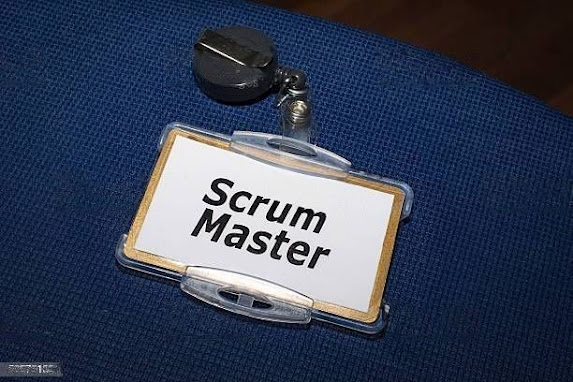Introduction to Intermediate Lean Strategies
Advancing your lean strategy through the various stages of implementation will no doubt place you in the path of several challenges that will necessitate the proper response. In understanding how to best address your situation you will no doubt need to implement one (or, depending on the situation, several) strategies. Consider three such strategies as an example of the variety of solutions to your current or future problems: six sigma training, A3 problem solving and value stream mapping.
Six sigma training consists mainly of efforts that focus on achieving stability in your manufacturing process and that will relay predictable results. You’ll need to focus on implementing processes that can be statistically measured so that you’ll be able to analyze your results closely and, in turn, better react to problems that may arise. SIX SIGMA TRAINING focuses on those details in order to properly achieve sustained quality improvement. You’ll need a concise focus on measuring those results to best intuit how to emphasize your needs to the team leaders you’ll be working with.
A3 problem-solving focuses on concisely understanding the problems at hand and specifically how they are deterring your production line. In refining your target goals and establishing what state you’d like your manufacturing line to be in by the time you’re done, you’ll be constantly developing countermeasures and measuring their results against your expectations. Again, much like six sigma training, in A3 problem solving you’ll be implementing a system that will succeed through continuous refinement and improvement.
Value stream mapping is, for the most part, a tool that you can utilize in approaching either six sigma training or A3 problem solving. However, utilizing it fully will often require the implementation of an approach that’s akin to the early stages of adapting a full on lean-centric strategy. This tool will help you understand the entirety of your manufacturing line, the team that operates it and the current flaws in its layout. By firmly identifying your goals and specifically detailing the current state of affairs in your production line, you’ll be able to follow the flow of materials and information all along the way, noting how they interact with one another as they head towards the finished product. Capably utilizing value stream mapping will reveal the flaws in that flow, assist you in best understanding the means behind the problem and how to best address them.
In coming to terms with your problems and identifying the lean solution relevant to your needs, you’ll have to hybridize many methods and schools of thought in order to further the goals of your business. Best understanding your manufacturing line through proper analysis will determine how you’re going to approach your problems and which lean-focused solutions you’ll be implementing or drawing on in solving them. Continuous improvement through applied practices, proper problem solving and staying up-to-date on the relevant research should be at the forefront of your approach to becoming a lean enterprise. Properly understanding your tools is only the first step in utilizing them.
.png)



Comments
Post a Comment